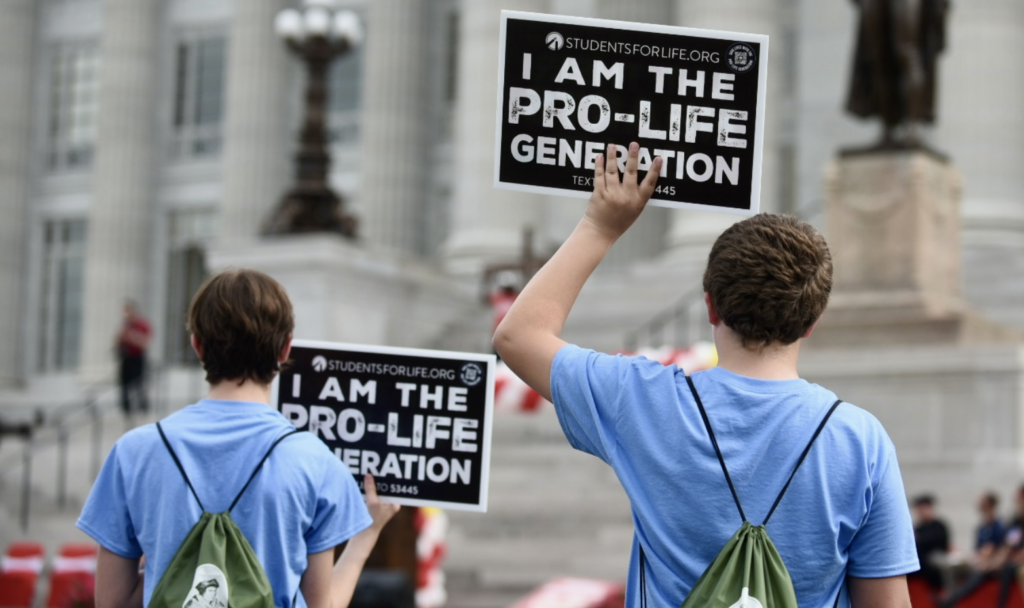Nowhere to Hide

On a hot morning in mid-August, Tanya Jackson sat on the curb where her son had been shot dead the evening before. Four news crews surrounded her, pushing microphones in her face. When she looked up, the sadness in her eyes hardened into anger as she explained that she’d moved to the Paseo Corridor a few weeks earlier because she’d heard it was safe.
Four days before her son’s 18th birthday, early in the evening on August 17, she got the call that Christopher Jackson and his best friend, Antonio Hall, had been shot a block from Jackson’s home — at the corner of 12th Street and Woodland Avenue — because they had won a basketball game and the sore losers wanted revenge.
The recent killings — as well as the unsolved murder of 22-year-old Raytown resident Todd Willard, who was shot in June at 10th Street and Garfield Avenue — have made some residents who have lived in the neighborhood over the past two decades feel as though they’ve returned to the late 1980s. The slayings follow a ten-year community push to make this corner of the city a crime-free, attractive place to live, an effort that reversed decades of decline.
In the 1940s, the Paseo Corridor (roughly from Missouri Avenue to Truman Road and from Prospect Avenue to Charlotte Avenue) was affluent, with mansions and grand apartment buildings lining both sides of the Paseo. But by the 1980s, after the Housing Authority of Kansas City built five crowded public-housing towers known as the Wayne Minor high-rises, the neighborhood had become littered with used condoms, syringes and broken glass pipes.
Twenty years ago, these streets were the worst in the city, says Operations Officer James Schriever, who tracks crime and plans ways to combat criminal hot spots for the police department’s Central Patrol Division. Drug dealers and pimps hung out in front of the high-rises; they shot out streetlights so they could hide in the dark, then cut off electricity to residents who talked to police. “They’d shoot guns off every night just to intimidate the good residents,” says Schriever, who was assigned to the neighborhood in 1987.
Some nights, he conducted sweeps in the high-rises, walking through the common areas where addicts were passed out on the floors, pimps and prostitutes argued and drug dealers openly conducted their business. Some of the buildings didn’t have air conditioning, and with the hot stench of human waste common inside the entryways, life there was unbearable.
“How do you bring up a young kid to make something of himself when you’ve got to step over a person who’s all cracked out, laying on the floor, to get into your unit?” Schriever asks. “When they live in dirt, they feel like dirt.”
The turnaround began in the early 1990s, after residents united to sue the Housing Authority of Kansas City over the unfit living conditions and mismanagement. A judge in 1993 agreed that the living conditions were despicable and turned over management of the units to a federal receiver. One by one, the high-rises were leveled. But securing the neighborhood was a slow process.
In 1996, residents made a pact with police and community groups to try to save their neighborhood.
Progress was almost immediate, but the high-rise demolitions forced dealers to set up shop in drug houses. Police raided those addresses, and a community group called the Twelfth Street Heritage Development Corporation bought the seized property, rehabbed it, then resold it to people who promised to show respect for the neighborhood. Prospect Park had been known as a place to find drugs and hookers, so the parks department removed benches and emptied fountains where homeless people bathed. As kids started playing on dozens of athletic fields, the Housing Authority redeveloped a group of low-income apartment complexes — T.B. Watkins, Guinotte Manor, Wayne Minor, Riverview and Chouteau Court.
By June 1998, however, displaced drug dealers were so brazen that they opened fire on a squad of 11 heavily armed narcotics officers preparing to make arrests at the intersection of 11th Street and Paseo, according to a Kansas City Star story that month. The shooters tried to pick off the cops from two buildings in Charlie Parker Square, an apartment complex known to house the most vicious criminals in the neighborhood.
Schriever and his partner made it a priority to reach out to the neighborhood teens. The teens initially approached them, complaining about rumors that cops were beating up residents because they hated poor blacks. Schriever invited more questions and slowly gained a rapport with the neighborhood kids. As trust developed, the teens started joking with him, saying if the police thought they were tough, they should prove it on the basketball court.
In late 1998, Schriever opened the Clymer Center basketball gym at 1301 Vine Street for kids to play pickup games every Tuesday and Thursday. He took satisfaction in attracting kids he knew were dealing drugs and associating with organized gangs. He didn’t turn players away, as long as they showed respect for him and for one another. At first, only about five players showed up, but the games now average 30 to 50 teens from all over the inner city.
Since the project began until this summer, only one murder had been committed in the neighborhood’s public-housing developments. (In the late 1990s, a man threw a television onto the head of another man standing at the bottom of a stairwell at Chouteau Court.) Without help from the majority of the residents, neighborhood associations and apartment managers, those gains could never have been made, Schriever says.
Despite the improvements, however, a seedy element remained. Prostitutes still hung out at the pergola on the Paseo, a historic columned overhang that had been a gathering place during the neighborhood’s wealthier days. A block away, A&J Liquors did a steady business selling booze in exchange for food stamps. Gunfire occasionally erupted in the area, including a May 2004 shootout near a basketball court at 11th Street and Woodland — the corner where Jackson and Hall were killed last month.
Knowing that Hall and Jackson died over a basketball game haunts Schriever. Sources close to the family say that the two teens had placed a wager on a game played on outside courts. Then the losers came gunning to get their money back.
“We beat our heads against the concrete asking ourselves, Why have we seen this increase?” Schriever says of the recent killings. “It’s three lives that we lost. Even though we celebrate 12 years [without a murder], we’ve put so much effort into that area, and the whole area takes it personal.”
Last week, residents were excited about the September 11 dedication of Piano Park. At 12th Street and Vine, Piano Park is in the heart of Kansas City’s original jazz district; plaques there tell the stories of music legends who played during the golden days of jazz.
But the park sits in clear view of Charlie Parker Square, which remains the neighborhood’s criminal epicenter. In January, seven people there were shot in a barrage of gunfire. After the recent violence, the complex manager vowed to be more watchful of new tenants, Schriever says. But criminals still slip through — Schriever is convinced that the shooters in this year’s neighborhood killings live in Charlie Parker Square or are associates of residents there.
The men and women who worked to turn the neighborhood around say that the new violence is isolated and more indicative of the entire city’s bloody year than of a trend in the neighborhood. Nowhere is safe this year, they say. Community groups and police who take pride in the Paseo Corridor cleanup nevertheless say the recent killings are undermining their vision of long-term peace in the neighborhood.
“It feels like you’ve been betrayed by what you’re preaching,” says Rodney Bland, vice president of the Twelfth Street Heritage Development Corporation.
“I’m looking at it like this world is ending,” says Monica Hayes, a mother of six who is Tanya Jackson’s best friend. Hayes says she grew up in the neighborhood when crime was peaking in the 1980s. She returned this year because she’d heard about its revitalization. “I’ve been thinking about what’s going on, and I’m just scared for my kids to go anywhere.”




